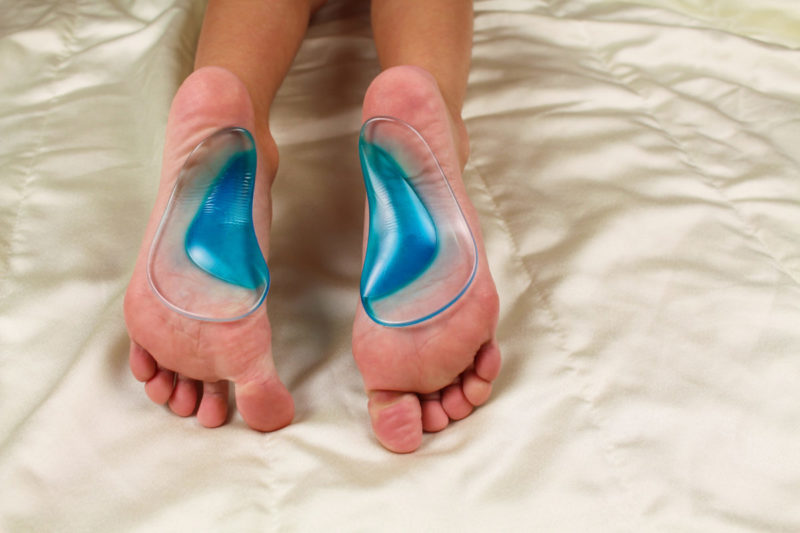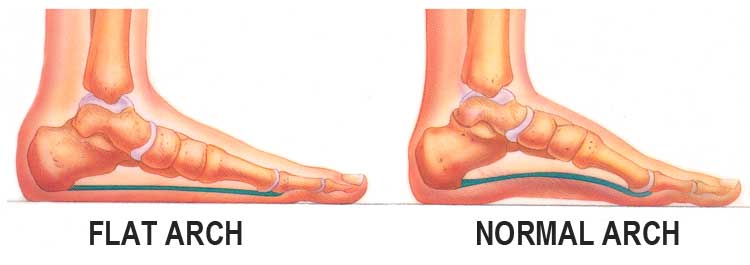
While this condition is not usually serious, parents should seek medical attention for flatfoot, as it may cause pain. However, in some children, the arch never develops, leaving the child with inward-turning ankles. Most children are born with flat feet and develop arches as their bodies grow. For more extensive tarsal coalitions, a fusion may be performed to close the joint and reposition the affected bones properly. In some cases, a resection is performed to remove the tarsal coalition and fill the area with tissue taken from another part of the patient’s body. The procedure chosen will depend on the severity and location of the tarsal coalition. However, if the patient continues to experience symptoms, surgery may be necessary. Treatment will generally begin with the use of customized orthotics, resting the foot, wearing a cast or boot, corticosteroid injections and a regimen of physical therapy.

It is usually during adolescence that the affected foot begins to become painful, rigid and stiff, making common activities uncomfortable. Tarsal coalition typically occurs during gestation, but most children are asymptomatic. The union of these tarsal bones can produce a pronounced form of flatfoot. Tarsal CoalitionĪ tarsal coalition occurs when two or more bones at the back of the foot or in the heel become improperly connected. They will require some physical rehabilitation focused on stretching the affected tendon and should be able to resume normal physical activity after about 6 weeks. Patients will likely wear a light cast and use crutches after surgery. The tibial tendon is then reattached and the incision is closed with stitches. This procedure involves detaching the bone from the posterior tibial tendon and then removing it entirely from the foot. The Kidner procedure is the most common surgical treatment for accessory navicular bone syndrome.

Some patients are born with an extra bone, known as an accessory navicular bone, located on the inside of the foot just above the arch. Surgery for flatfoot may involve removing or reshaping a bone or bone spur, or fusing one or more of the bones in the foot together. In severe cases, or those that do not respond to conservative treatments, surgery may be needed to relieve symptoms and correct the problem. Applying ice to the foot and performing physical therapy exercises are also usually helpful for patients. Treatment for flatfoot often begins with conservative measures such as changing shoes, wearing orthotic devices and taking anti-inflammatory medication to relieve pain.

Athletes are also at a higher risk of developing flatfoot.

However, flatfoot tends to worsen over time, especially in patients with a tight Achilles tendon or who are obese. Some patients may not experience any symptoms from adult acquired flatfoot deformity.


 0 kommentar(er)
0 kommentar(er)
